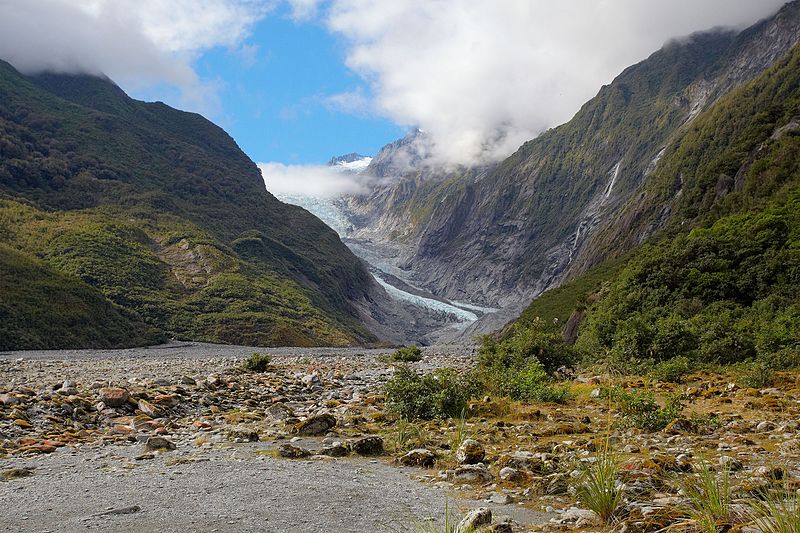Expert Reaction
These comments have been collated by the Science Media Centre to provide a variety of expert perspectives on this issue. Feel free to use these quotes in your stories. Views expressed are the personal opinions of the experts named. They do not represent the views of the SMC or any other organisation unless specifically stated.
Dr Levan Tielidze is an author on the study and a Research Fellow in the Securing Antarctica's Environmental Future, School of Earth Atmosphere and Environment, Faculty of Science, Monash University
The retreat of glaciers is one of the most evident signs of climate change. Across the globe, from the Alps to the Arctic, glaciers are shrinking, leaving increasingly larger areas exposed both in mountainous regions and around polar ice caps. If the current rate of retreat continues, by the end of the century, the area left bare by glaciers worldwide could be equivalent to the entire surface area of Italy. Understanding what happens to these areas and how organisms colonize them is crucial for managing them in the face of the rapid changes ahead.
Over the past 10 years, an international team has reached multiple retreating glacier areas around the world, from the Alps to the Himalayas, from the Andes to the Arctic. The team collected over 1200 soil samples near fifty glaciers and brought them to the laboratory to study the soil and the biodiversity associated with it. Using innovative approaches based on environmental DNA, we were able to comprehensively analyse all the organisms living in these areas, including animals, plants, and microorganisms.
Colonisation following glacier retreat follows a surprisingly coherent dynamic worldwide. In the very first years, only microorganisms are present, which can develop surprisingly rich communities shortly after the glaciers retreat. It takes about a decade for plants to begin colonising these areas, and they, in turn, facilitate the arrival of animals. As time goes on, it becomes more likely that new organisms will colonise these areas. However, interactions between organisms appear to be the most important process for the dynamics of these ecosystems. Microorganisms help plants and promote the development of fertile soils. Plants create new habitats and increase food availability for animals. Various animals interact with each other, both in predator-prey relationships and as ‘ecosystem engineers,’ such as earthworms, which improve nutrient availability in the soil.
Dr Andre Egar, Manaaki Whenua & Associate Professor Peter Almond, Lincoln University
"Data from the Franz Josef Glacier/Kā Roimata o Hine Hukatere in the South Island contributed to this global study of 46 glaciers across 5 continents led by the University of Milan/Italy. It aimed at better understanding how plants and animals colonise land previously covered by glaciers. Glaciers are shrinking at dramatic rates due to climate heating globally, and glaciers in Aotearoa are no exception.
"We need to better understand the consequences of glacier retreat, anticipate ecosystem changes and the benefits these ecosystems provide to humans. Despite being located in vastly different climates, from the polar regions to the tropics, the development of all studied ecosystems in newly ice-free areas followed the same patterns, with soil properties, plants, animals, and other factors changing in complex and inter-related ways over time.
"Soil fertility and acidity, development of the interactions between organisms, and allowing time for dispersal of life all significantly shaped the newly established ecosystems, regardless if in Svalbard, the Andes, Himalayas, or on the west coast of the South Island. The findings will have significance for understanding the progression of biodiversity in newly exposed landscapes, which is, for instance, relevant for managing the spread of exotic species."



 Australia; New Zealand; International; VIC
Australia; New Zealand; International; VIC



